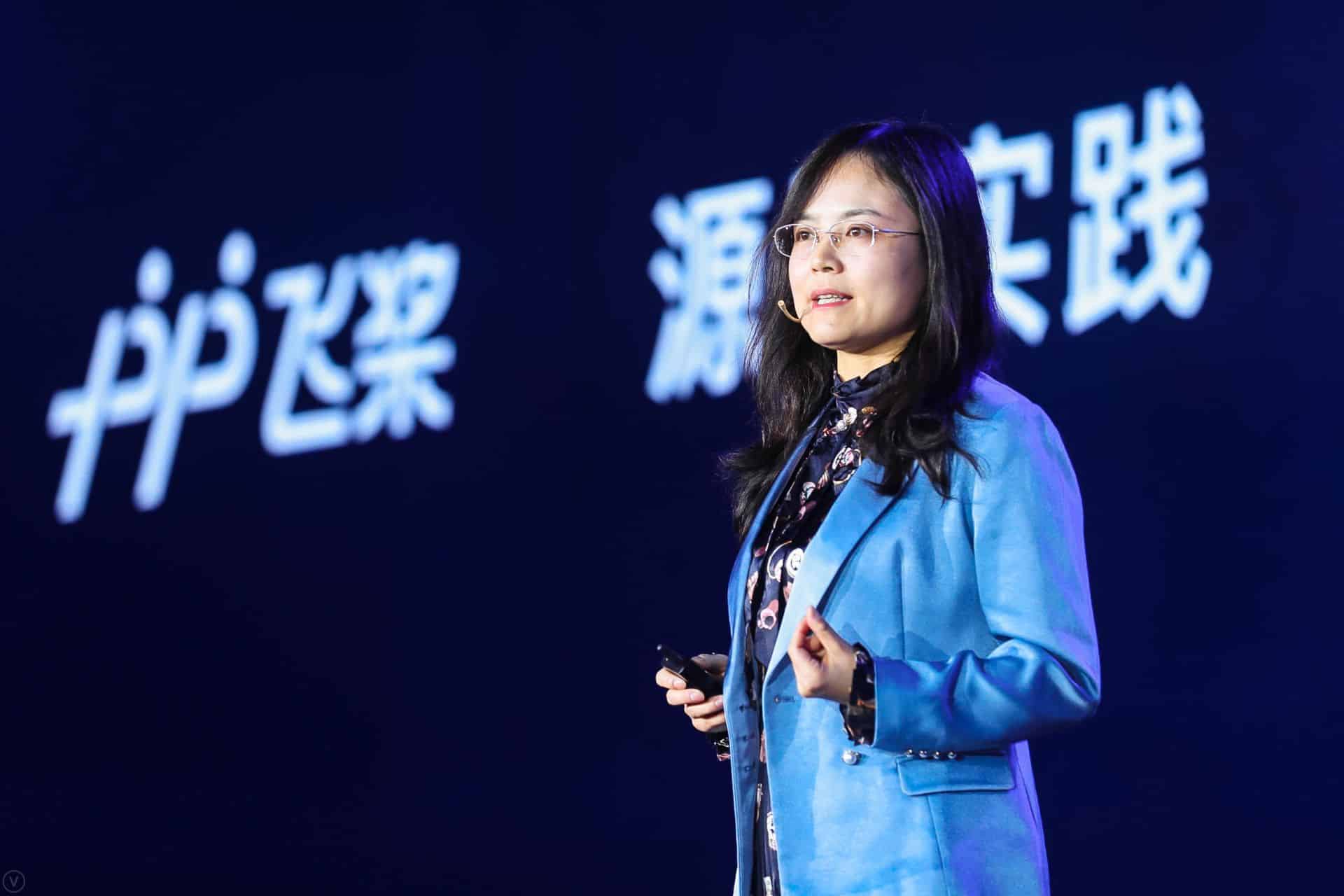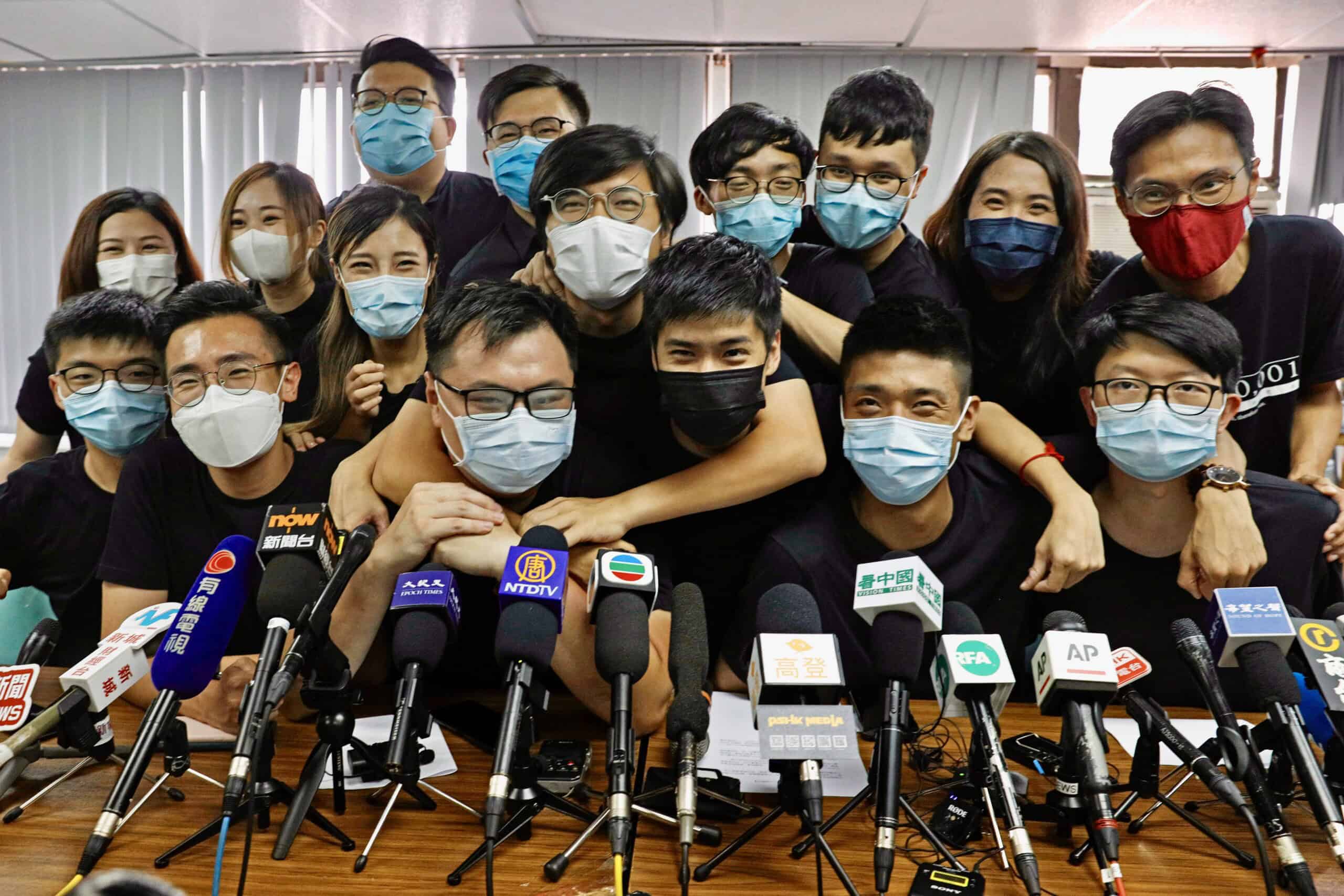
Credit: Baidu
More than a decade ago, Beijing began encouraging its companies to “go global,” to learn by competing on the world stage, and to acquire overseas assets. Well today, even though the U.S. is no longer as hospitable as it once was to Chinese investments, there are more than 155,000 people employed in the United States by Chinese-owned firms.
Chinese firms operating in the U.S. include: BYD, Haier, Lenovo, Smithfield Foods, AMC Entertainment and Riot Games, as well as Baidu, Tencent and ByteDance. Like multinational companies from other countries, Chinese firms are eager to take advantage of some of the nation’s best offerings. They can better access American customers, tap into the country’s vibrant financial markets, and set up operations in Silicon Valley, where some of the world’s hottest startups have come to life.
This week, The Wire looks at the growth of Chinese companies in the U.S. market, and their R&D operations in California.
Big Employers
Of course, China’s footprint in the U.S. remains relatively small. Companies headquartered in the U.K., for instance, employed about 1.3 million American in 2018, likely through multinationals such as HSBC, BP or GSK, while Japanese and German firms also had a significant U.S. presence, particularly in the auto sector. In fact, even Swedish firms employed more workers in the U.S. than Chinese firms.1For Sweden, think of Volvo, H&M and Ikea.
Still, for the past decade, Chinese firms have moved aggressively into the U.S. market, often to set up manufacturing operations here. Manufacturing jobs account for the largest share — 42 percent — of Chinese corporate employment in the United States. More than 65,000 people worked in manufacturing for majority Chinese-owned companies in 2018, up from about 500 workers in 2007, according to the U.S. Bureau of Economic Analysis.
After President Trump entered the White House in 2017, rising trade and geopolitical tensions led to a sharp slowdown in Chinese investment into the U.S. The federal government also introduced new measures aimed at scrutinizing Chinese investments in technology on national security grounds. “Chinese high-tech companies have either slowed down their investment in the U.S. or [are] withdrawing from the U.S.,” says Ji Li, who teaches law at the University of California at Irvine School of Law and the author of The Clash of Capitalisms? Chinese Companies in the United States (2018). “Manufacturers, it’s a different story. The trade war actually incentivizes some companies to localize their manufacturing, their production, in the U.S. to avoid all the trade barriers.”

The Wire has tried to map the locations of Chinese tech firms in the U.S., and unsurprisingly, many of them are operating mainly on the west coast and in California. China’s biggest tech firms have a presence in the region, including Alibaba, Baidu, Tencent, Didi Chuxing and ByteDance.
Some Chinese companies may run into challenges with navigating regulations and attracting top talent if they have less name recognition in the U.S., says Peter Leroe-Muñoz, senior vice president of technology and innovation policy for the Silicon Valley Leadership Group. Those trying to develop autonomous driving technology, for instance, have to comply with regulations issued by a long list of state agencies.
But Chinese firms are now major backers of research and development spending. A report from the U.S. Chamber of Commerce’s China Center calculated that China contributed 1.6 percent of the funding to research and development (R&D) in the United States in 2017, up from 0.1 percent in 2009.
Tencent’s U.S. operations, for instance, are focused primarily in the gaming industry. Baidu has a Bay Area R&D center specializing in autonomous driving and machine learning technologies. It has at least 250 employees, according to its LinkedIn page. Huawei’s U.S. based research and development arm, Futurewei, operates in the U.S. and, according to Reuters, has tried to separate some of its operations from Huawei, which has been sanctioned by the U.S. government.
The map below details some of China’s high tech firms with operations in California. Zoom in on California’s Bay Area to explore the companies that have set up offices and R&D centers in Silicon Valley. Non-R&D offices include sales offices, factories, customer service centers, and various other sites.
Kuaishou’s California R&D
One of the Chinese firms with a large R&D presence in the U.S. is Kuaishou, the Beijing-based popular short video mobile app. In 2018, the company has labs in San Diego, Palo Alto and just outside of Seattle, Washington to develop the company’s artificial intelligence and video processing capabilities.
Kuaishou has already had a noteworthy 2021. In early February, it grabbed headlines with an $5 billion listing on the Hong Kong Stock Exchange, the biggest technology company offering since Uber in 2019. The company says it has 769 million monthly active users with more than 1.1 billion videos uploaded each month, as of September.
Its revenue stream has also changed in recent years. Its popular e-commerce via livestream platform wasn’t introduced until 2016 — five years after the app launched. Rival ByteDance, which runs popular apps TikTok and Douyin, gets the bulk of its revenue from advertising. Kuaishou’s profits off of e-commerce via live-streams, though it occupies a shrinking share of its revenue — down to 62 percent from 95 percent four years ago — as its advertising model has become more lucrative.
Over 40 percent of the company’s shares are still held by insiders and individuals, mostly the company’s co-founders, Su Hua and Cheng Yixiao. Tencent is the company’s largest shareholder, with a 17.5 percent stake.

Data: S&P’s CapitalIQ

Hannah Reale is a staff writer with The Wire. Previously, she reported for the GBH News Center for Investigative Reporting, The West Side Rag, and her college newspaper, The Wesleyan Argus. @hannahereale



